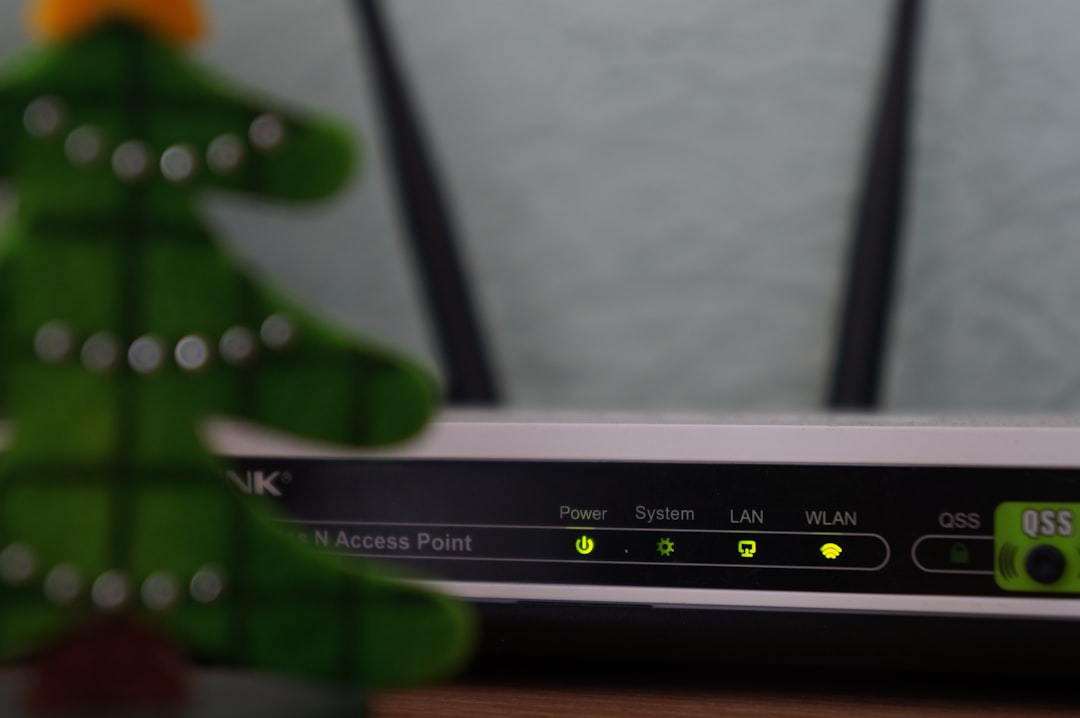What is it about?
Artificial Neural Networks (ANNs) and Biological Neural Networks (BNNs) usually have different connectivity patterns. ANNs’ have typically carefully hand-crafted architectures that play an important role in their performance. On the other hand, BNNs’ connectivity self-organizes through biological processes such as embryological development and neuronal plasticity. Now, can the wiring of actual brains help improve ANNs architectures? Can we learn from ANNs what network features support the amazing computation capabilities of the brain? We present a novel hybrid approach to build, train and evaluate brain inspired Artificial Neural Networks on concrete tasks, allowing us to probe real brain connectivity on concrete machine learning tasks.
Featured Image

Photo by JJ Ying on Unsplash
Why is it important?
This is a novel approach bridging the gap between Artificial and Brain Neural Networks. On the one hand, we develop a framework to objectively evaluate the contribution of brain connectivity patterns to the performance of a neural network on concrete machine learning tasks. At the same time, our study and the developed software (see linked resources below) pave the way to further investigate the potential of hybrid, biologically-inspired artificial neural networks in other applications, such as energy efficient neuromorphic hardware.
Read the Original
This page is a summary of: Brain connectivity meets reservoir computing, PLoS Computational Biology, November 2022, PLOS,
DOI: 10.1371/journal.pcbi.1010639.
You can read the full text:
Resources
echoes: A Python Package for Machine Learning with Echo State Networks
Machine Learning with Echo State Networks, a scikit-learn compatible package. Documentation: https://fabridamicelli.github.io/echoes/
bio2art: Convert biological neuronal networks to artificial recurrent neuronal networks
Python Code to convert biological neuronal networks to artificial recurrent neuronal networks
Follow the author on Github
Author's GitHub Profile
Follow the author on Twitter
Twitter profile
Contributors
The following have contributed to this page










